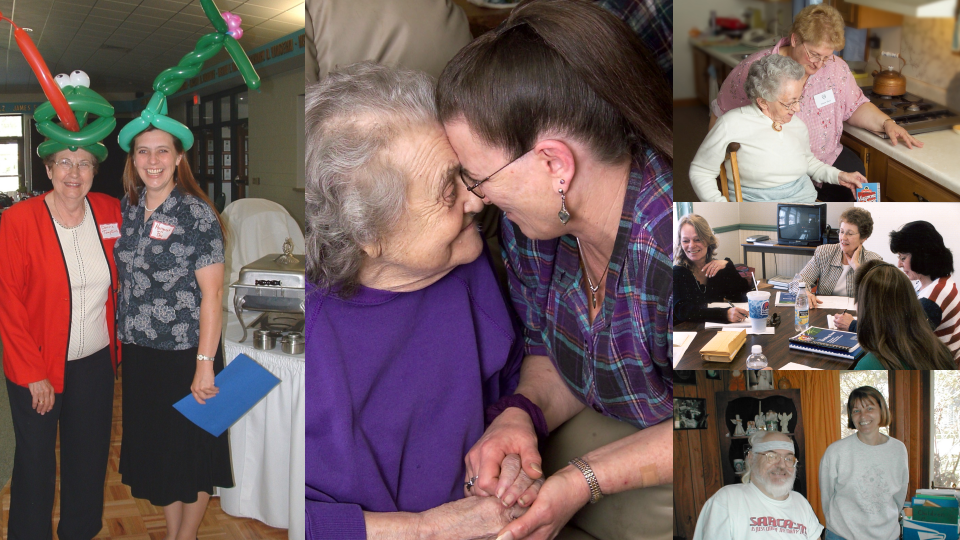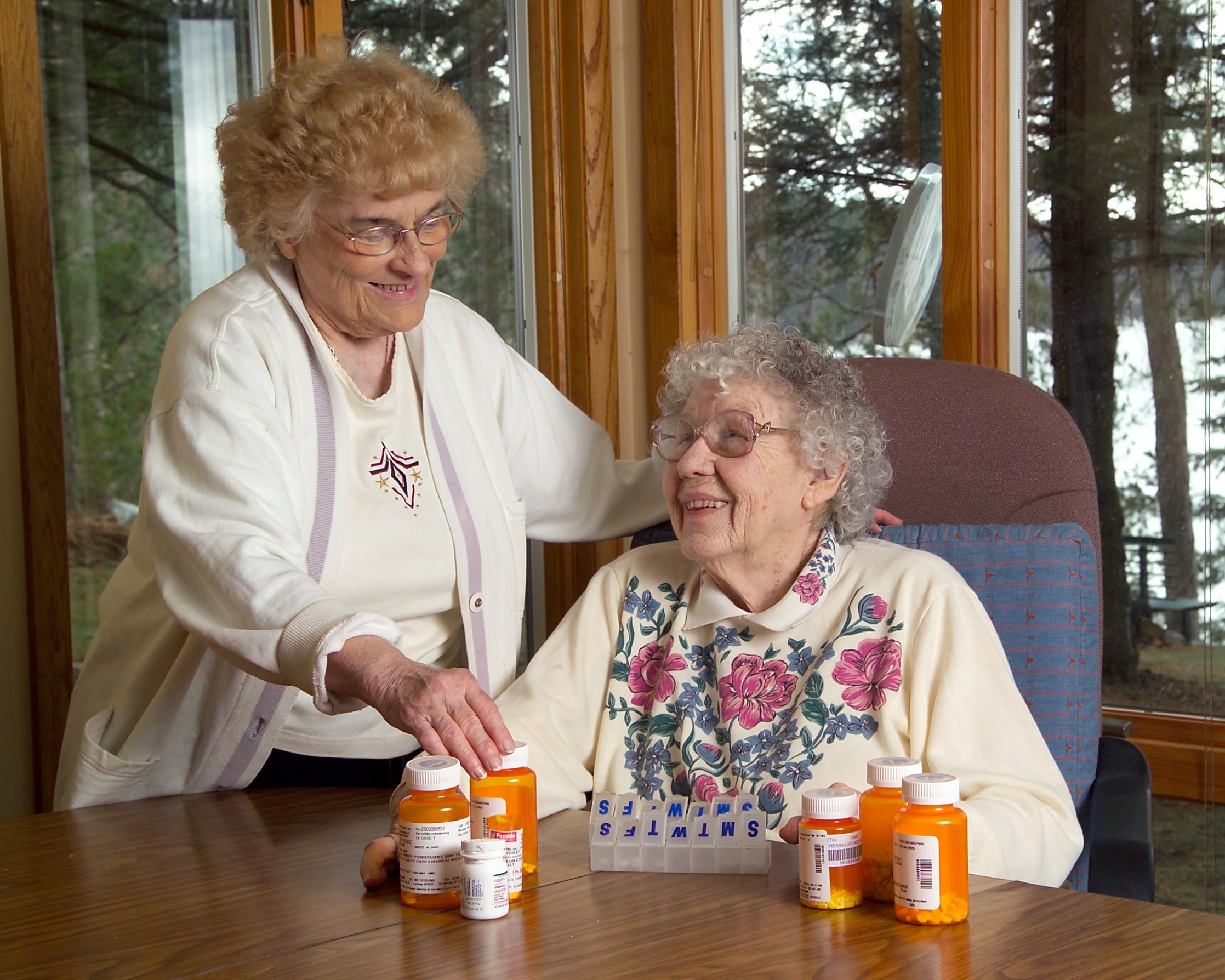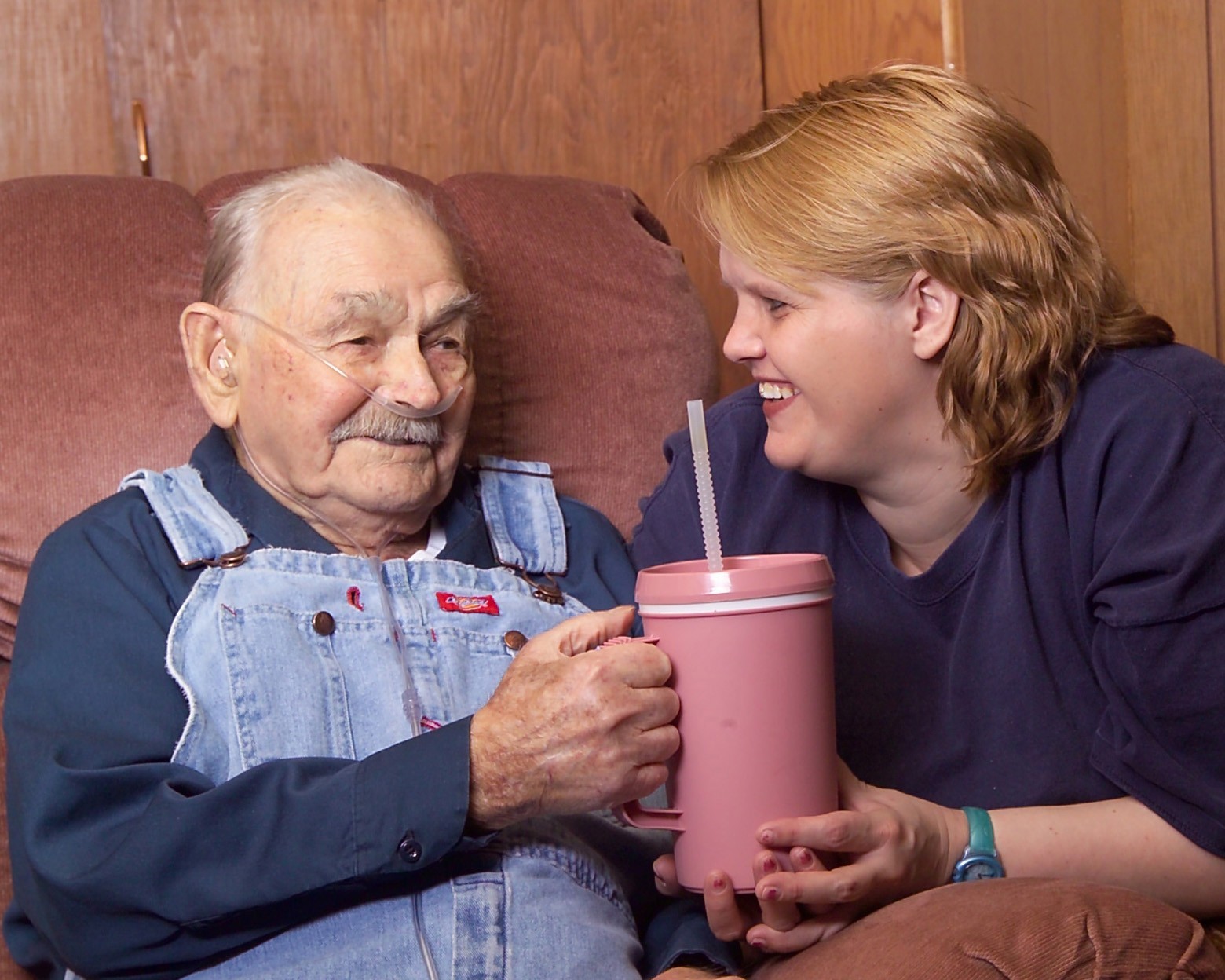
A Reflection from USDA Cooperative Services
Though the involvement of the United States Department of Agriculture (USDA) with worker co-ops was never intentional – it has been evolutionary.
USDA tasked to assist producer-owned cooperatives
When Congress enacted the Cooperative Marketing Act of 1926, it directed the USDA to create a range of federal services in support of producer-owned cooperatives. For nearly 100 years, USDA has gathered statistics, conducted research, provided education, and offered cooperative development to America’s agricultural cooperatives. Occasionally, USDA conducted cooperative development among producer co-ops of artisans or created educational materials on housing, shared services, or worker co-ops. Though the name of the agency changed at times, most of USDA’s efforts remained firmly focused on farmer-owned cooperatives.
During the 1990s the National Rural Cooperative Task Force convened, recommending the creation of the Rural Cooperative Development Grant (RCDG) program and the formation of a national network of co-op development centers (Cooperation Works). The RCDG was housed within USDA, with the first grants awarded in 1994. Early RCDG projects tended to focus on agricultural and local foods projects. Beginning in 2012 the US Federation of Worker Cooperatives (USFWC) received a RCDG grant, one of the earliest uses of federal funding in support of worker co-op development. In 2014 the nonprofit Democracy at Work Institute started to apply for the RCDG program (in place of the USFWC) and every year since has used its award for worker co-op development.
In the mid-1990s, the independent agency then called Agricultural Cooperative Service merged with other federal organizations into the umbrella of USDA Rural Development. With that change came a growing interest in additional types of cooperatives that touch the lives of all rural residents. One of those interest areas emerged from rural Wisconsin – creating a worker cooperative of home-based caregivers serving the elderly and people with disabilities. This interest is not surprising given the rapidly aging population of rural America, ahead of the curve for the rest of the country.
USDA’s unintentional involvement with worker co-ops
In the late 1990s, I (Margaret Bau) was newly hired by USDA Rural Development to provide cooperative development across Wisconsin. The human services director of rural Waushara County inquired about technical assistance to form a worker cooperative among caregivers. She was inspired by a three-page case study of Cooperative Home Care Associates of the South Bronx, New York City. Could such an innovative model in providing care be a solution to a situation facing rural residents? At that time, there were not a lot of materials available on organizing worker cooperatives. So I attempted to utilize USDA co-op development resources that were written for an agricultural audience. With a membership of 60 women, Cooperative Care incorporated in February of 2001 and commenced operations on June 1.


One of the USDA brochures I consulted outlined 10 steps to forming a cooperative. After arriving at the final step of ‘begin operations,’ I wondered – “Now what?” As I continued to journey with Cooperative Care in the early years, it became increasingly apparent that worker cooperatives have some important technical assistance needs distinct from producer cooperatives. For farmers, producer cooperatives support their livelihoods. For members of a worker cooperative, the co-op IS their livelihood.
The baseline knowledge of governance tends to be remarkably different between farmer and worker co-ops, especially when working with a low-resource population. The agricultural sector provides for itself a feeder system of education and training – everything from 4H, the FFA, and young farmer programs by some of the major co-ops. These organizations provide content and hands-on training in the mechanics of running a meeting, of Robert’s Rules of Order, of project management, of strategic planning, and mentorship. In high school and certified nursing assistant training, caregivers were never exposed to the basics of meeting facilitation, setting meeting agendas, how to effectively voice an opinion during a meeting, how to disagree without being disagreeable, or how to handle a diversity of ideas.
For these developmental reasons, I was so appreciative of the grassroots work laid in the early 2000s that led to regional worker co-op associations and then the national US Federation of Worker Cooperatives. In 2004 several Cooperative Care members, staff, and technical assistance providers drove to Minneapolis to partake in that first national worker co-op convening. It was held in the auditorium of the Humphrey Institute for Public Affairs at the University of Minnesota, with a huge painting of Hubert Humphrey smiling upon us. I was a relatively recent graduate of the Humphrey Institute and appreciated the symbolism of Hubert Humphrey’s charge to act “for the common good” and what the worker co-op movement was building.
Evolution of support for worker co-ops in the care economy
Fast forward two decades, and not only has the worker co-op movement evolved, but specific worker co-op industry sectors are also forming support organizations. Thanks to the leadership of the Cooperative Development Foundation and The ICA Group (partially financed by USDA Rural Development grants), the Homecare Cooperative Initiative was formed to provide technical assistance, national networking, and an annual conference. There are now over two dozen homecare worker co-ops in operation in the US. Homecare worker co-op leaders and support organizations recently launched the Elevate Cooperative to provide shared services, networking, and advocacy to member co-ops.
Eldercare, childcare, and care for people with disabilities are all components of the care economy. In the care economy, quality of care is dependent upon a long term, stable relationship between the care recipient and the caregiver. Care delivered via worker cooperatives creates that stable, nurturing environment. Caregivers in worker co-ops tend to enjoy higher wages and benefits, have a voice in establishing policies, and enjoy a sense of solidarity with their fellow caregiving professionals. For example, the elder care industry is plagued by annual caregiver turnover rates of 60%. According to the 2022 annual survey collected by The ICA Group, homecare worker co-ops report an annual turnover rate of 30% (data for firms of 126+ caregivers employed).
Evolution of support for converting existing businesses to worker co-ops
Cooperative development centers are increasingly using USDA Rural Development grants to promote conversions of existing businesses to worker co-op ownership. Media stories abound about the “silver tsunami” of baby boomer aged business owners nearing retirement. Without a succession strategy, many of these businesses may close. Thanks to the tenacity of the worker co-op movement, systems are being developed to both educate business owners of the conversion option and to train workers in co-op conversion governance. Rural America is aging faster than the rest of the nation. Working out the systems to deliver conversion education and training in rural areas will benefit the rest of the country.
The worker co-op movement has advocated legislatively to tap into the resources of city, state, and the federal government to support worker co-ops – especially with conversions. In 2018 Congress passed the Main Street Employee Ownership Act, directing the Small Business Administration (SBA) to extend its lending to cooperatives. But SBA has yet to offer loans to cooperatives without requiring personal guarantees from every member-owner of the co-op. Thanks to rapid advocacy on the part of the co-op community, the SBA did make emergency loans to cooperative businesses as part of its COVID pandemic response.
Within the 2022 federal budget, Congress directed $50 million towards creating a new Employee Ownership Initiative within the US Department of Labor. To the credit of leadership within the Employee Benefits Security Administration at the Department of Labor, they have been reaching out to the co-op community and the worker co-op movement as they establish this new division. We at USDA Cooperative Services are eager to collaborate with the Department of Labor in implementing this congressional mandate.
Summary
Amid direct technical assistance provided to homecare worker co-ops, worker co-op projects initiated by cooperative development centers, and education offered to other federal agencies with congressional mandates, USDA’s support of worker cooperatives has been evolutionary. Development that arises from the grassroots makes for the strongest, most relevant, and lasting of societal movements. When grassroots initiatives are paired with federal resources, important social impact can emerge. It appears we have all been a part of just such a process these past 20 years.
Photos by David Gibson and Cooperative Home Care
Citations
Margaret M. Bau, USDA Rural Development (2024). Celebrating 20 Years of the Worker Cooperative Movement: A Reflection from USDA Cooperative Services. Grassroots Economic Organizing (GEO). https://geo.coop/articles/celebrating-20-years-worker-cooperative-movement

Add new comment